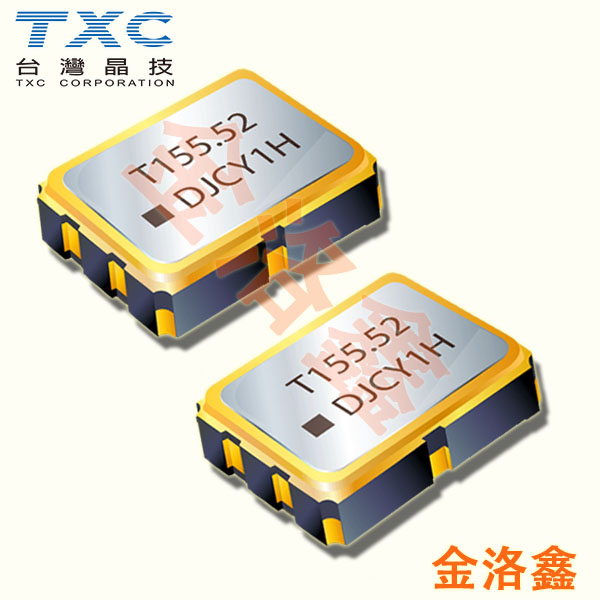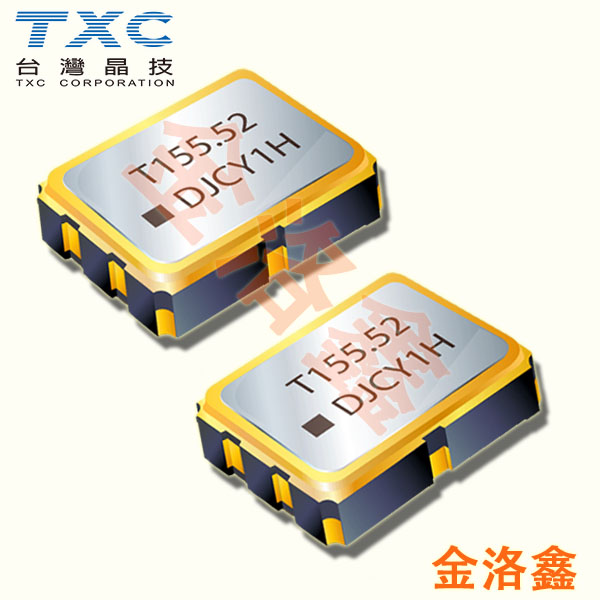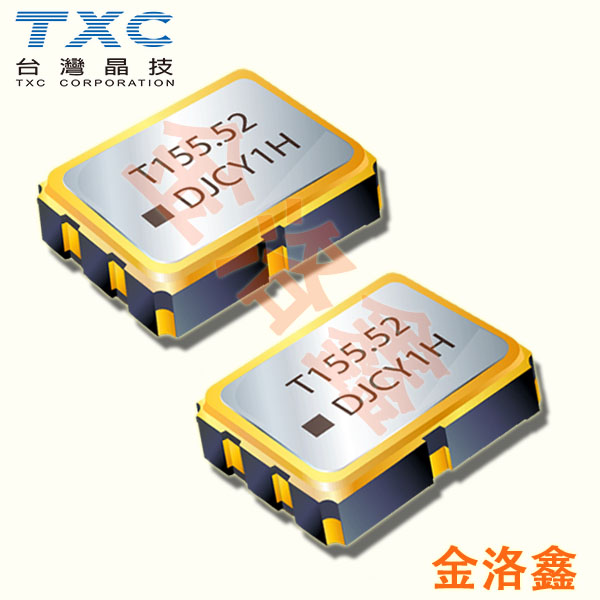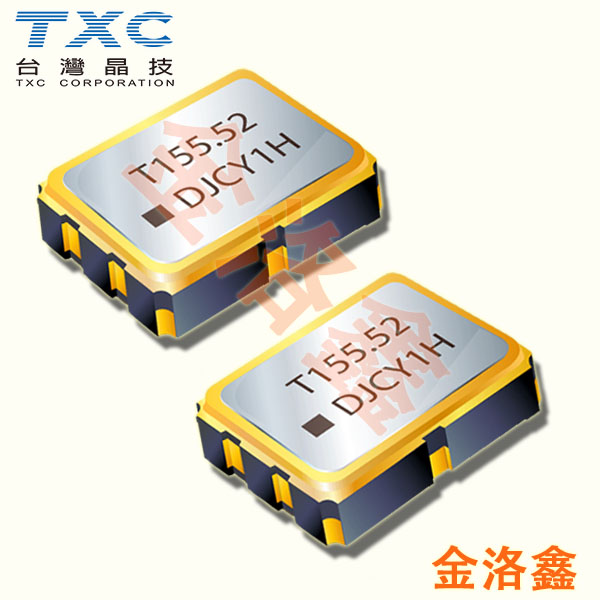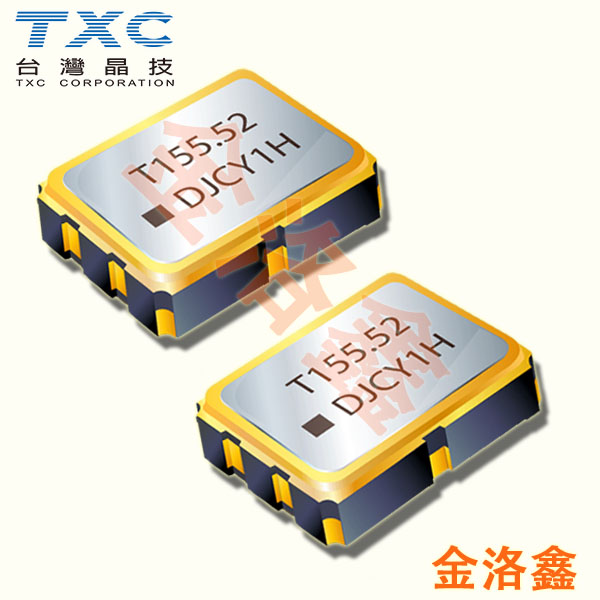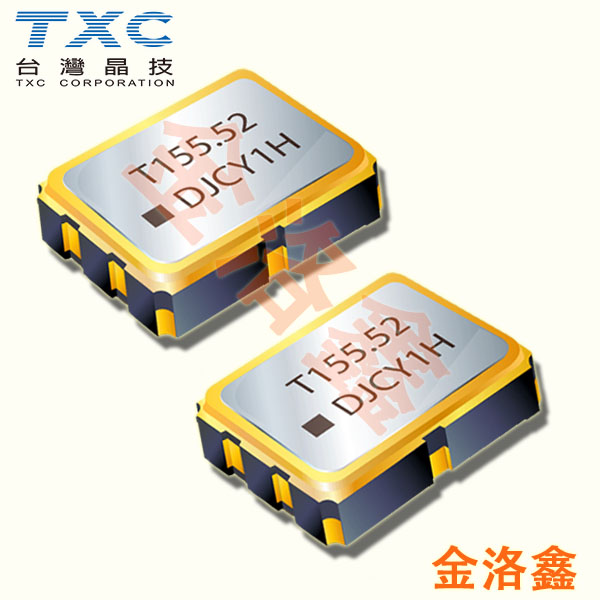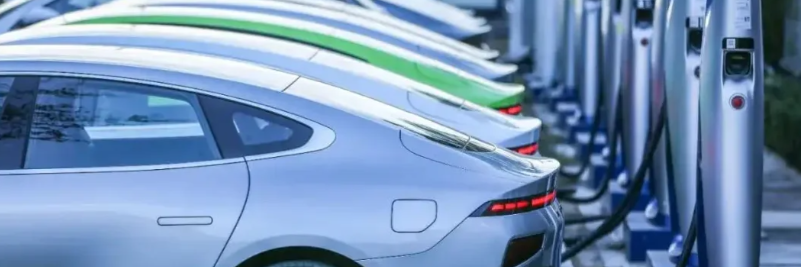The role of CORE crystal oscillator in tram charger
Electric vehicle (EV) chargers are complex systems that require precise timing and synchronization to enable efficient and safe charging operations. One of the key components in achieving this accuracy is the crystal oscillator. In this article, we will explore the use of various types of crystal oscillators in different applications in EV chargers to ensure reliable performance and the best charging experience.
1. Charge control circuit - the core of the charger: At the core of each EV charger is the charge control circuit, which is responsible for monitoring and regulating the charging process. A quartz crystal oscillator operating at 16 MHz provides the precise timing necessary to control charge rates, monitor current and voltage levels, and manage battery status. The oscillator ensures that the charging process is efficient and safe for the vehicle battery.
2. Display and user interface - Providing information to the user: The user interface of the EV charger plays a key role in providing the user with information about the charging progress. A temperature compensated crystal oscillator (TCXO晶振) with a frequency of 32.768 kHz ensures stable and accurate timing for real-time updates showing charging progress, remaining time and user prompts. The temperature compensation function of TCXO thermotonic crystal oscillator maintains timing accuracy under different environmental conditions.
3. Communication modules - Seamless data exchange: Communication modules within EV chargers, such as Wi-Fi, cellular or Ethernet interfaces, require accurate timing for reliable data transmission. A voltage-controlled crystal oscillator (VCXO) operating at 25 MHz allows fine-tuning of the clock frequency, ensuring accurate communication between the charger and the external network. The oscillator optimizes data exchange and reduces errors in communication.
4. Timing for power conversion - improved efficiency and EMI control: Efficient power conversion is essential for converting alternating current from the grid into direct current suitable for charging EVs. The switching frequency of the power conversion module is controlled by a quartz crystal oscillator operating at 4 MHz. This precise timing optimizes energy efficiency and reduces electromagnetic interference (EMI) for cleaner operations.
5. Safety and protection systems - Rapid response to failures: Safety is of Paramount importance in EV charging systems. Temperature-compensated crystal oscillators operating at 10 kHz provide the accurate timing needed for safety-critical functions, such as overcurrent protection and ground fault detection. The oscillator ensures a fast response to fault conditions and improves the safety of the charging process.
6. Data recording and analysis - Capture usage patterns: Recording charging history and usage patterns has value for both users and operators. A quartz crystal oscillator set to 32.768 kHz timestamps events for data recording and analysis purposes. The oscillator helps accurately capture charging data, providing data-based insights for optimization.
7. Interaction with the grid and smart charging - high-precision synchronization: Advanced charging systems need to be precisely synchronized with the grid and other charging stations to achieve smart charging coordination. Thermostatic crystal oscillators (OCXO振蕩器) operating at 10 MHz provide highly stable timing. This precision ensures effective communication and coordination for optimal energy management.
8. Vehicle-to-grid (V2G) communication - Achieve two-way power flow: The V2G communication system achieves two-way power flow between EV and the grid. A voltage-controlled crystal oscillator set to 20 MHz allows fine-tuning of the clock frequency. The oscillator ensures accurate two-way energy exchange and synchronization, enabling seamless energy exchange.
Quartz crystal oscillators are the silent heroes of electric vehicle charging. They provide the precision and stability required for a wide range of components and applications within EV chargers, ensuring a safe, efficient and reliable charging experience. From controlling charging rates to facilitating data exchange and enabling smart charging, crystal oscillators play a key role in shaping the future of electric mobility.
1. Charge control circuit - the core of the charger: At the core of each EV charger is the charge control circuit, which is responsible for monitoring and regulating the charging process. A quartz crystal oscillator operating at 16 MHz provides the precise timing necessary to control charge rates, monitor current and voltage levels, and manage battery status. The oscillator ensures that the charging process is efficient and safe for the vehicle battery.
2. Display and user interface - Providing information to the user: The user interface of the EV charger plays a key role in providing the user with information about the charging progress. A temperature compensated crystal oscillator (TCXO晶振) with a frequency of 32.768 kHz ensures stable and accurate timing for real-time updates showing charging progress, remaining time and user prompts. The temperature compensation function of TCXO thermotonic crystal oscillator maintains timing accuracy under different environmental conditions.
3. Communication modules - Seamless data exchange: Communication modules within EV chargers, such as Wi-Fi, cellular or Ethernet interfaces, require accurate timing for reliable data transmission. A voltage-controlled crystal oscillator (VCXO) operating at 25 MHz allows fine-tuning of the clock frequency, ensuring accurate communication between the charger and the external network. The oscillator optimizes data exchange and reduces errors in communication.
4. Timing for power conversion - improved efficiency and EMI control: Efficient power conversion is essential for converting alternating current from the grid into direct current suitable for charging EVs. The switching frequency of the power conversion module is controlled by a quartz crystal oscillator operating at 4 MHz. This precise timing optimizes energy efficiency and reduces electromagnetic interference (EMI) for cleaner operations.
5. Safety and protection systems - Rapid response to failures: Safety is of Paramount importance in EV charging systems. Temperature-compensated crystal oscillators operating at 10 kHz provide the accurate timing needed for safety-critical functions, such as overcurrent protection and ground fault detection. The oscillator ensures a fast response to fault conditions and improves the safety of the charging process.
6. Data recording and analysis - Capture usage patterns: Recording charging history and usage patterns has value for both users and operators. A quartz crystal oscillator set to 32.768 kHz timestamps events for data recording and analysis purposes. The oscillator helps accurately capture charging data, providing data-based insights for optimization.
7. Interaction with the grid and smart charging - high-precision synchronization: Advanced charging systems need to be precisely synchronized with the grid and other charging stations to achieve smart charging coordination. Thermostatic crystal oscillators (OCXO振蕩器) operating at 10 MHz provide highly stable timing. This precision ensures effective communication and coordination for optimal energy management.
8. Vehicle-to-grid (V2G) communication - Achieve two-way power flow: The V2G communication system achieves two-way power flow between EV and the grid. A voltage-controlled crystal oscillator set to 20 MHz allows fine-tuning of the clock frequency. The oscillator ensures accurate two-way energy exchange and synchronization, enabling seamless energy exchange.
Quartz crystal oscillators are the silent heroes of electric vehicle charging. They provide the precision and stability required for a wide range of components and applications within EV chargers, ensuring a safe, efficient and reliable charging experience. From controlling charging rates to facilitating data exchange and enabling smart charging, crystal oscillators play a key role in shaping the future of electric mobility.
“推薦閱讀”
【本文標簽】:The role of CORE crystal oscillator in tram charger
【責任編輯】:金洛鑫版權所有:http://www.sdws.net轉載請注明出處
【責任編輯】:金洛鑫版權所有:http://www.sdws.net轉載請注明出處
相關行業資訊
- Statek是高可靠性石英晶體與振蕩器領域的領航者
- Suntsu松圖的Wi-Fi感知技術是智能環境的未來
- SiTime憑借Titan Platform進入40億美元規模的諧振器市場
- Murata村田IoT設備用Wi-Fi 6E/Bluetooth組合模塊以小型高性能解鎖萬物互聯新可能
- Taitien的32.768kHz晶體滿足從緊湊型可穿戴設備到堅固耐用工業設備等各種應用
- 瑞薩推出適用于汽車應用的低功耗藍牙低能耗系統級DA14533芯片
- 瑞薩新款超低功耗微控制器計量及多元應用的破局之選
- Microchip將嵌入式計算設備連接到邊緣計算場景
- Abracon推出新型沖壓金屬嵌入式窄帶天線工作頻率高達8736MHz
- Q-Tech晶振QT8220系列首個全空間合格的多輸出TCXOs


 手機版
手機版

